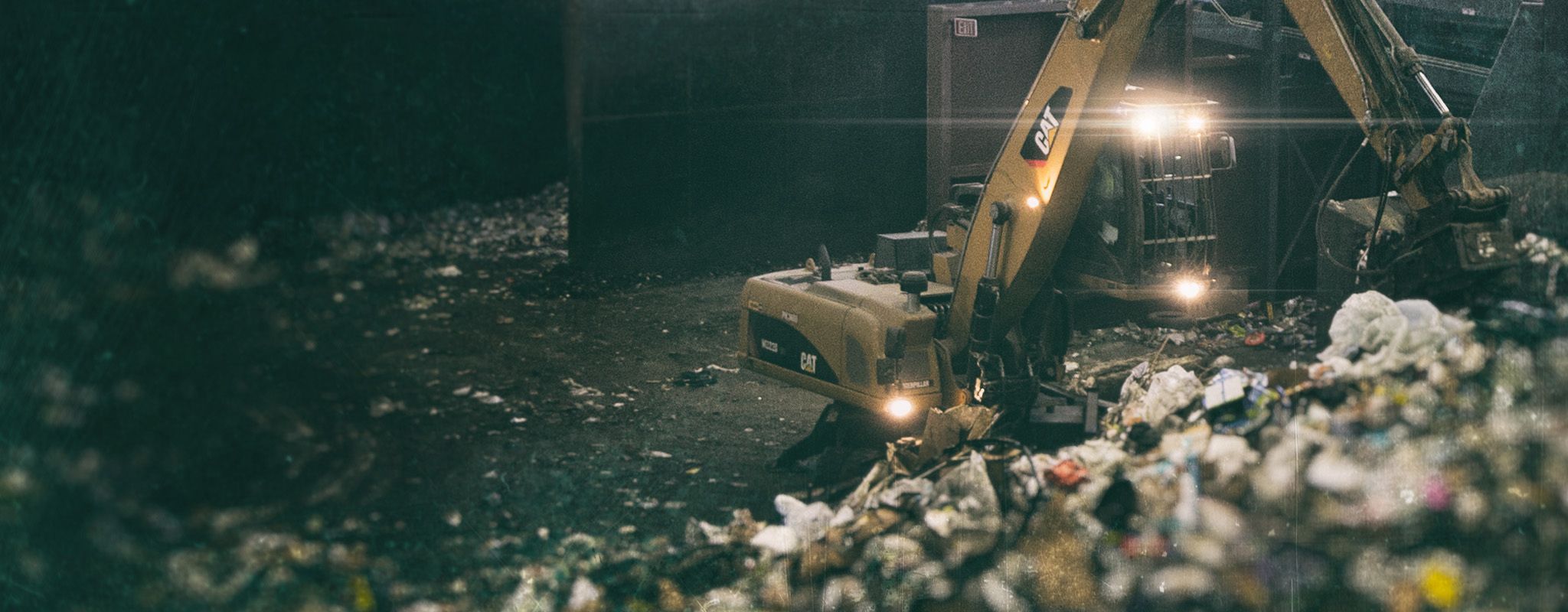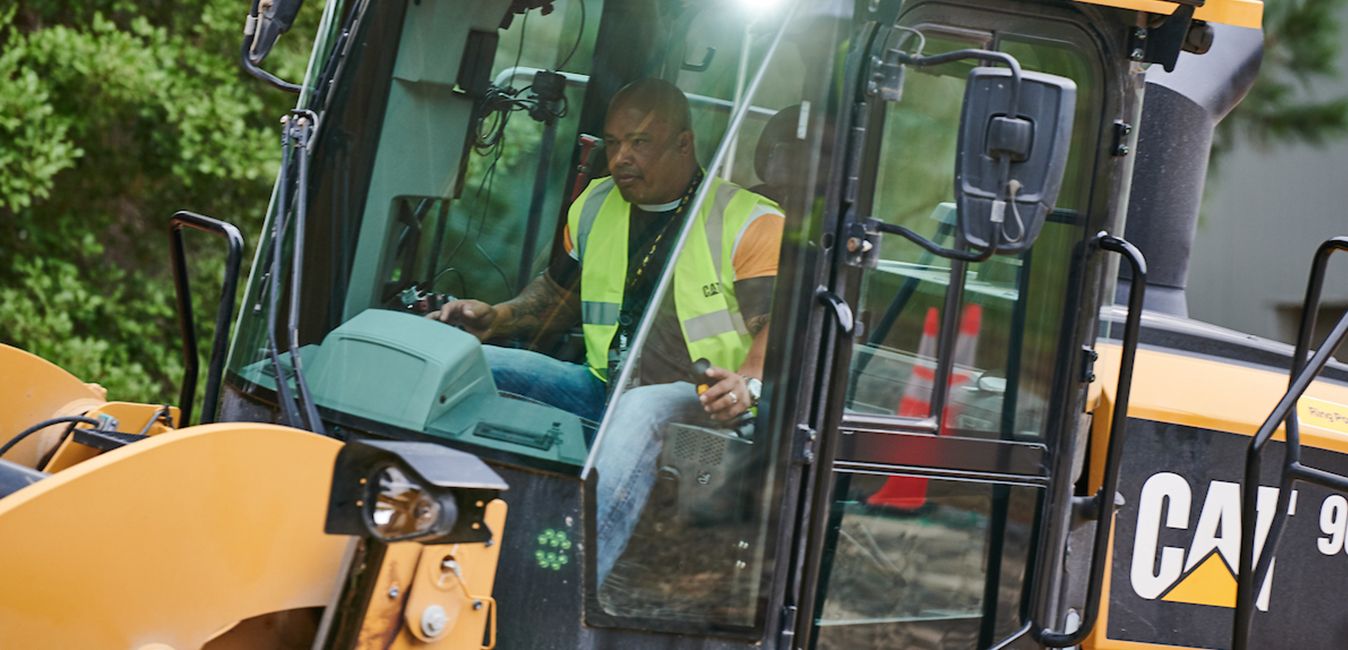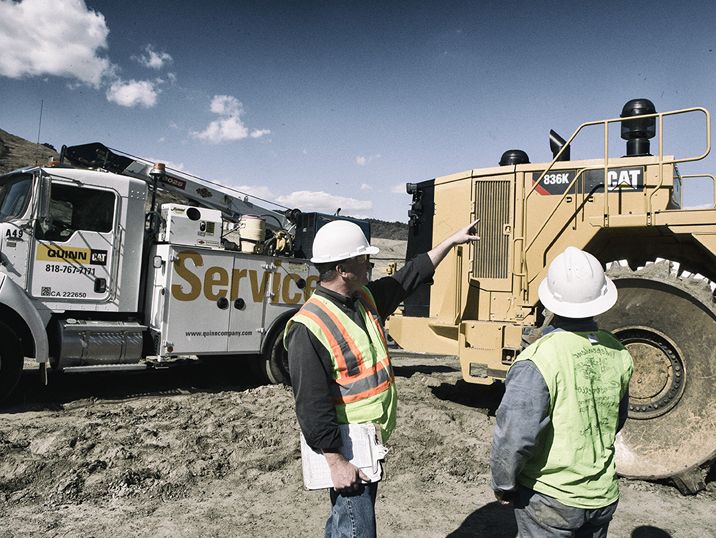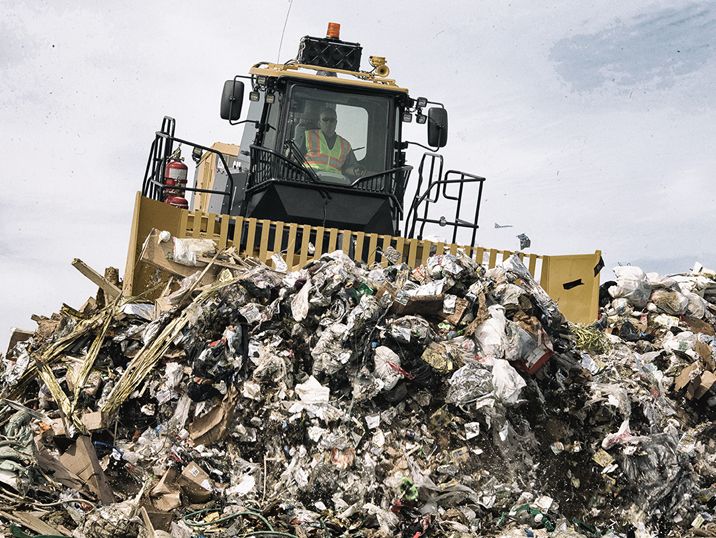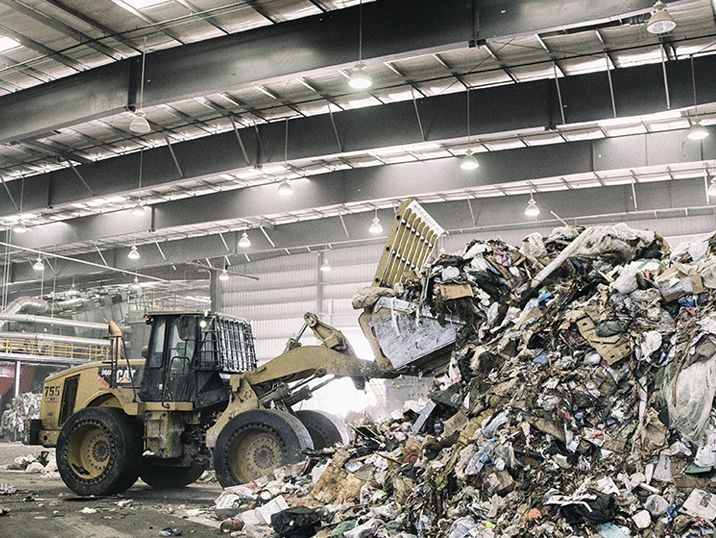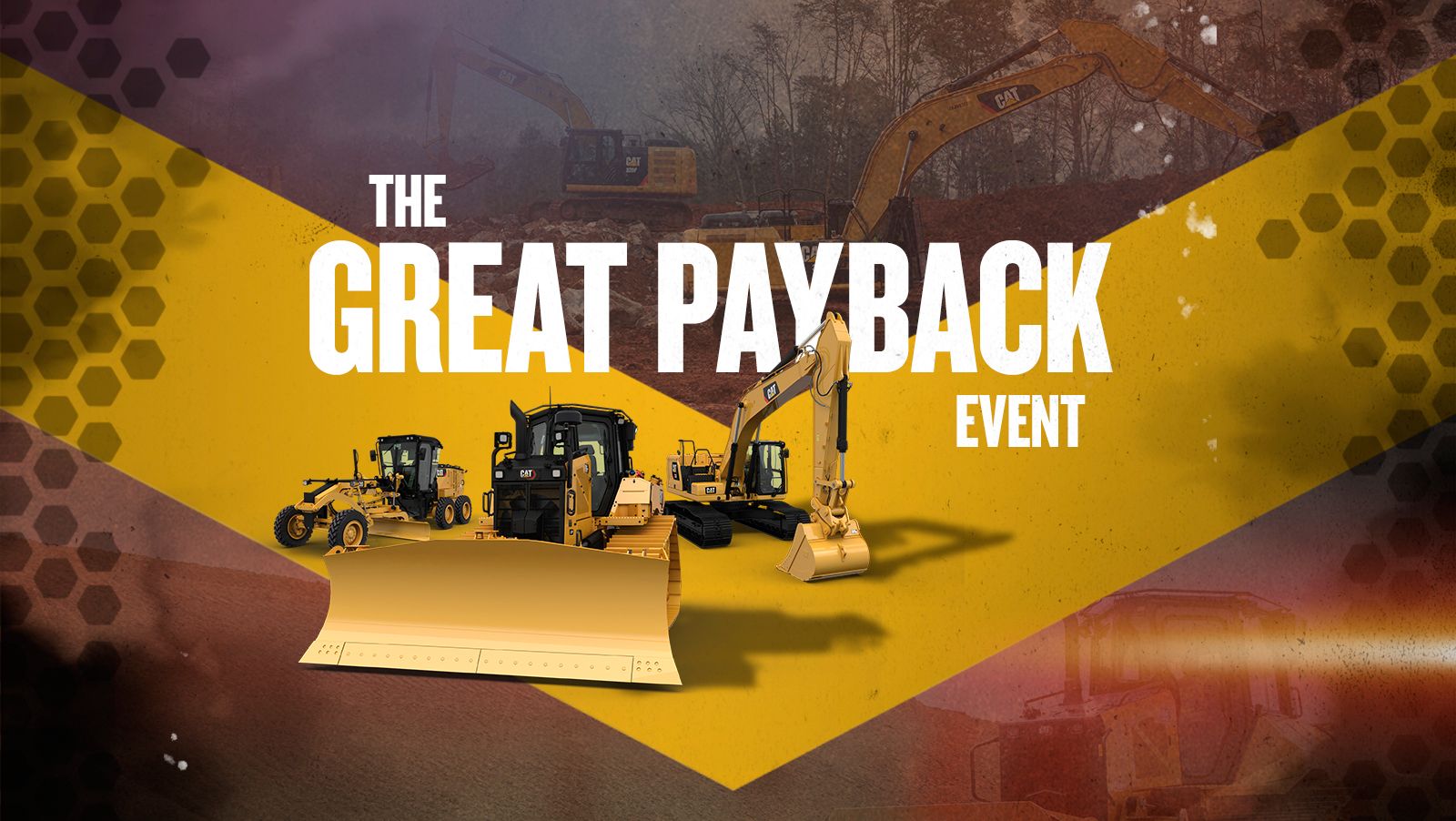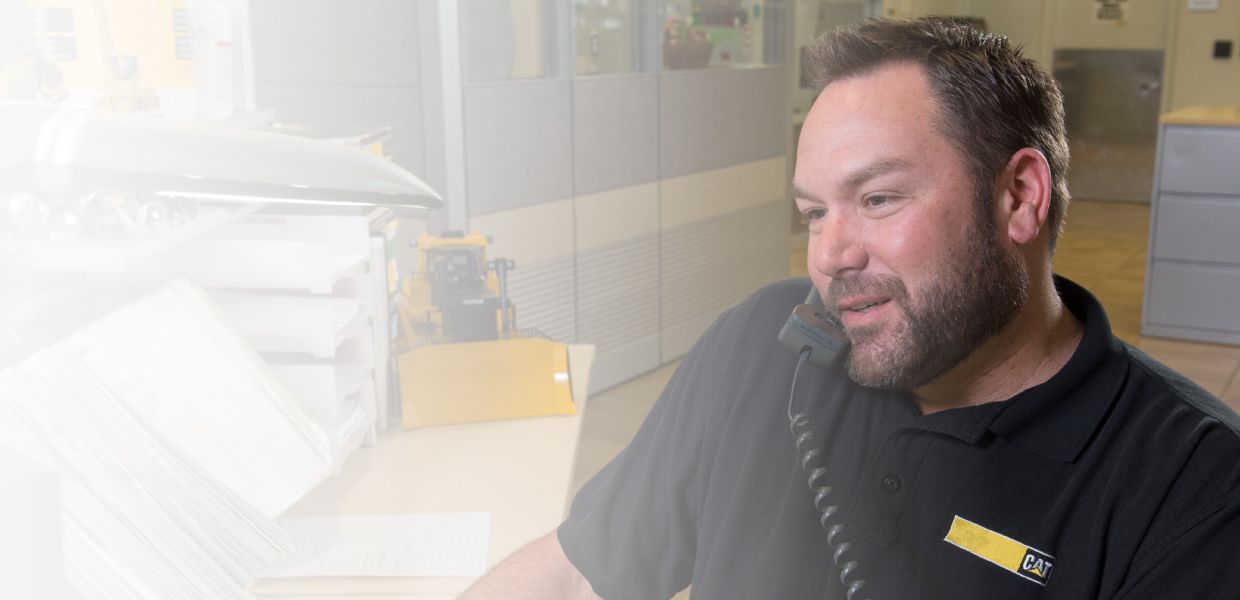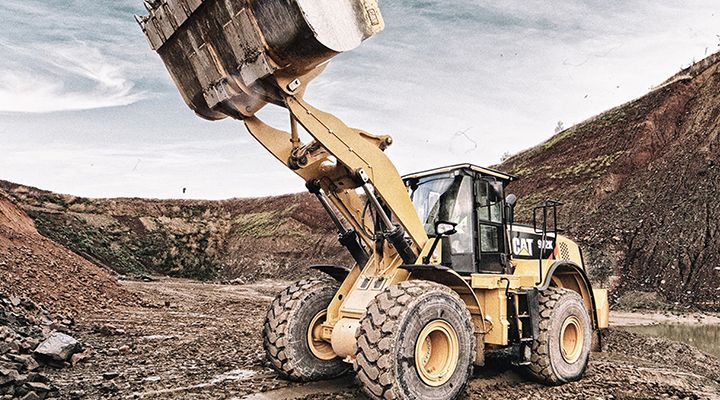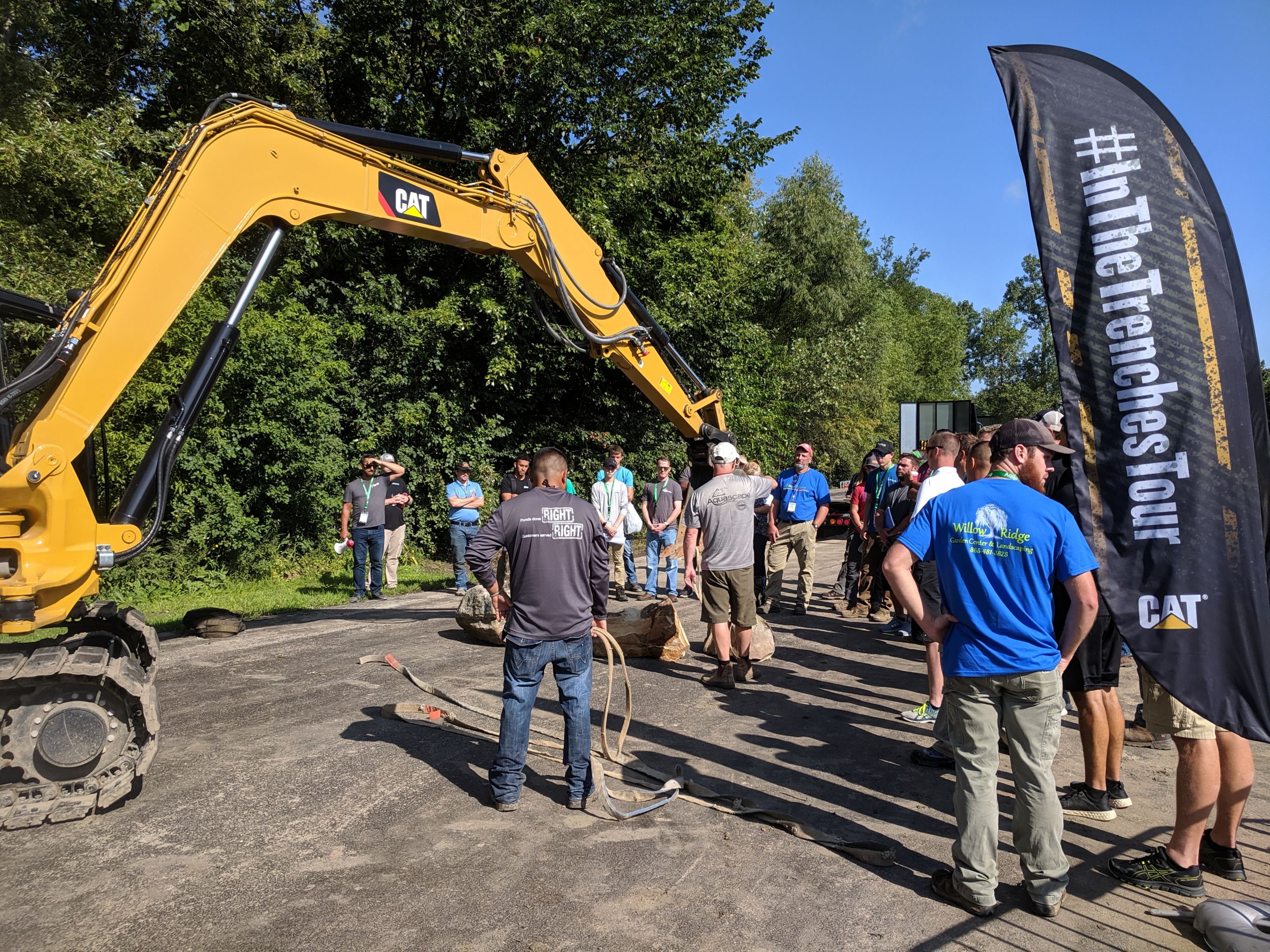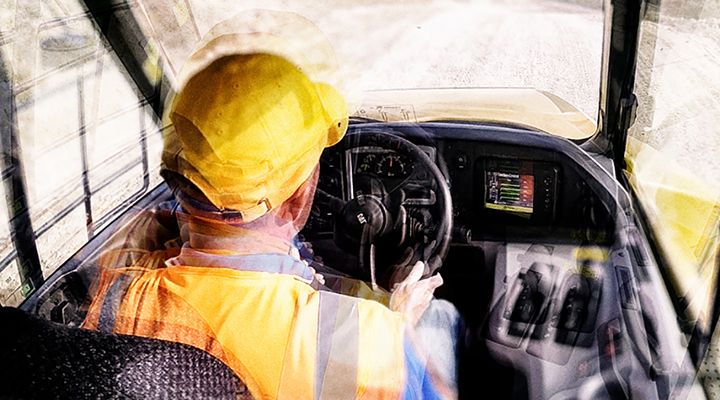

Sign In
Welcome! Sign In to personalize your Cat.com experience
If you already have an existing account with another Cat App, you can use the same account to sign in here
Register Now
One Account. All of Cat.
Your Caterpillar account is the single account you use to log in to select services and applications we offer. Shop for parts and machines online, manage your fleet, go mobile, and more.
Account Information
Site Settings
Security
5 Best Practices
For Transfer Stations & Material Recovery Facilities (MRFs)
TIPS TO INCREASE PRODUCTION AND LOWER COST
1. Put safety first — all day, every day.
Cramped buildings. Poor lighting. Slick floors. Lots of vehicle and foot traffic. Transfer stations and MRFs are filled with safety risks — and that’s why working safely must be the top priority all shift long. Wearing proper personal protective equipment (PPE) is essential, but your commitment to safety can’t stop there. To sustain a culture of safety excellence, implement a program that:
- Measures and manages the right activities.
- Recognizes workers for what they do right.
- Involves and engages all levels of the organization.
- Includes visible commitment from top leadership.
2. Take steps to minimize costly tire spin.
Aside from personnel and fuel, where do the majority of transfer stations and MRFs spend the most money? If you guessed tires, you’re right. Replacing a set can cost upwards of $40,000 — and too much tire spin means you’ll be making that investment more often than you’d like. To reduce tire spin and extend tire life:
- Choose machines with traction control (manual or computer-aided) or computer-aided rim-pull control. These systems help operators reduce tire spin and maintain traction.
- Train operators not to add more power once tires start to spin. Doing so actually creates more spin. Instead, teach them to back off power to gain traction.
- Keep floors dry and clean. Some operators use a mattress or green waste to “sweep” the floor. Others make “cleaning runs” with their buckets (as flat as possible) every third or fourth push.
3. Master the art of pushing and stockpiling.
The goal of pushing is simple: Move as much as possible without spinning the tires or losing material around the edges. Here’s a technique the best operators use: Engage the pile with a flat bucket on the ground. Make contact, then raise the bucket one-half to one inch to clear the floor and slide the load. This method helps prevent friction and wheel spin and lowers fuel burn.
Stockpiling is trickier. Sometimes the building configuration or capacity doesn’t allow for adequate storage, requiring operators to stack material as high as possible. In that case, one best practice is to leave a load or two at the foot of the pile, then push it up with the next load — sliding material higher on to the stockpile. Another option is for the operator to raise the lift arms as high as the machine will allow and, while dumping the load, make a slight indention in the waste with the bucket. He can then push the next load into that space.
4. Use the right sorting tools and loading techniques.
When it comes to sorting, the key is having the right tool on the end of the machine. Sorting grapples and grapple buckets work best for quickly grabbing, pulling, carrying and rejecting unwanted material.
Loading best practices are more complicated and vary based on the type of load-out for which your building is designed.
- Is your haul vehicle below the grade of your loading machine? Focus on pushing in straight lines, sliding the load and pre-staging material in front of the pit prior to the next haul vehicle.
- Is your haul vehicle half above/half below your loading machine? In that case, make sure the pile is close by, load the bucket as completely as possible without spillage and run short distances while making as few turns and wheel revolutions as possible.
- Is your haul vehicle on the same level as your loading machine? Your operators will want to make sure the stockpile is close, keep distances short, avoid overfilling buckets and keep straight when approaching the haul vehicle.
5. Determine if tamping is worth the effort.
To achieve fully rated loads, many transfer station and MRF operators tamp material. Should they? To find out, compare a few tamped and un-tamped loads. You may discover the slight amount of weight you gain isn’t worth the extra time, increased fuel burn and added stress on equipment. If you do find that tamping has value, train your operators to follow these best practices:
- Stay square with the haul vehicle. Don’t put side loads into the machine or haul vehicle.
- Don’t raise tires or track off the floor. Using that much hydraulic power adds pressure past the design point of any machine’s structures. Eventually, something will fail.
- Tamp in layers when using an excavator or wheeled excavator to gain maximum load weight.
- Avoid putting too much pressure downward into the haul vehicle. Don’t flex, push or pull the sides.
Putting a few (if not all) of these best practices into action will go a long way toward helping you raise production and efficiency — and lower maintenance, fuel and floor costs — at your transfer facility or MRF. Looking for more detail? Check out the article in the April 2018 edition of Waste Advantage magazine or talk to your local Cat® dealer.
RELATED ARTICLES
You’re here to get ideas to grow your business. Read on for machine insights and expert tips and tricks to get more out of every job.
-
Construction Business Tips
It’s important to prepare your construction business for whatever the future may bring, especially in times like this. Our team has gathered some business tips and resources to help you navigate this year and beyond.
Learn More -
Optimize Wheel Loader Performance and Productivity
How do you optimize Wheel Loader Performance and Productivity? Take a look.
Learn More -
Pondemonium 2019 Recap: Taking Pride in Your Landscape Work
Serene waterfalls. Babbling brooks. Tranquil ponds. And the quiet purr of Cat® equipment in the distance … sounds like a little piece of paradise, right? That’s just what we found when we arrived at Pondemonium 2019 a few weeks ago with our In The Trenches Tour featuring Next Generation Cat Mini Excavators. This experience was like no other landscaping event in world. And we couldn’t wait to share a recap with you in the latest “On The Level” blog. If you don’t already love your job, you will after reading this!
Learn More -
Opioids and Construction: A Bad Combination
The opioid epidemic is dominating a lot of headlines these days, with the Centers for Disease Control and Prevention reporting that opioids were involved in more than 42,000 overdose deaths in 2016 — five times that of 1999. But if you think that’s a problem for the D.C. bureaucrats to handle, think again.
Learn More
